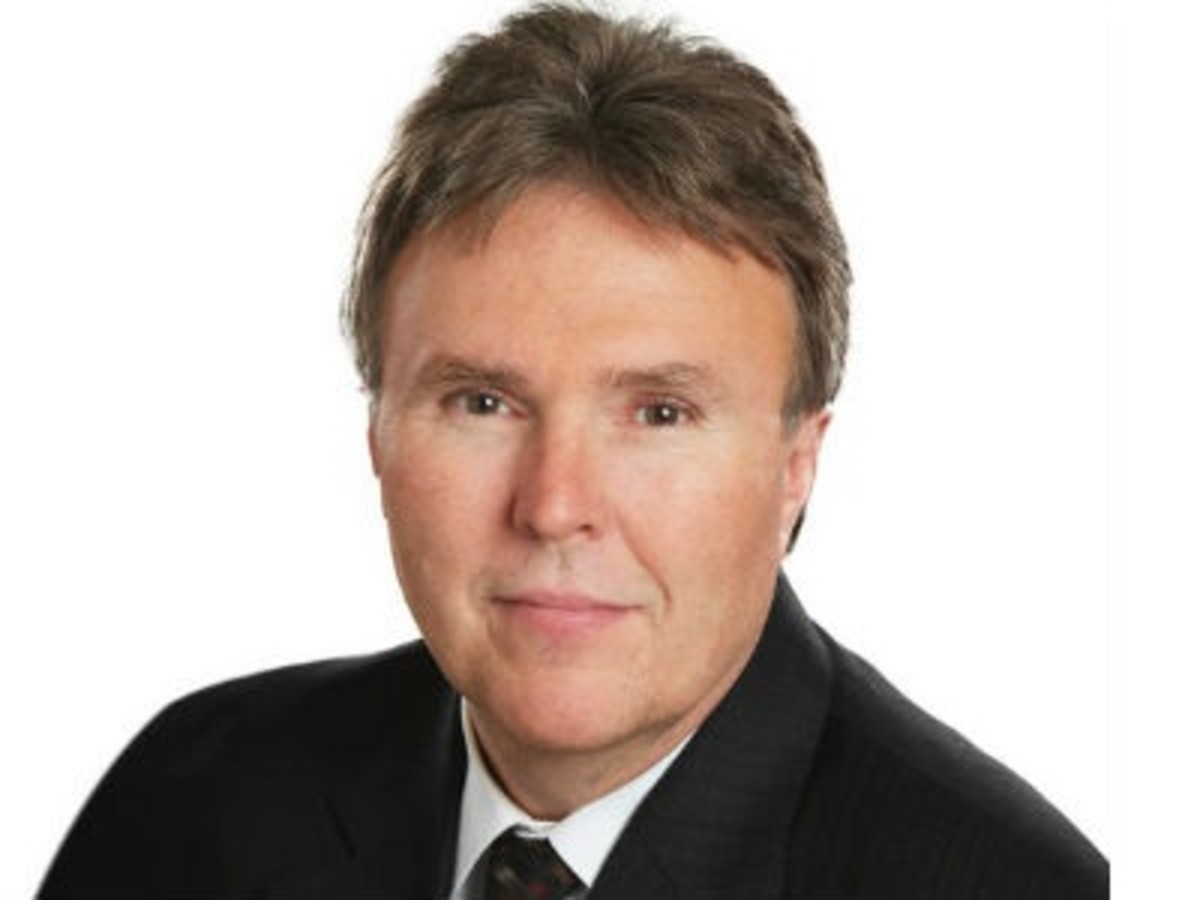Cable-Tec Expo: Why ‘10G’ Should Have Been Called ‘75G’
Since cable WiFi networks have carried 15 times as much traffic during the pandemic as wireless LTE and 5G, revised slogan is only fair, quips Comcast’s Tony Werner

Closing in on two years since the cable industry countered the wireless business’ whirlwind hyping of 5G with an umbrella network-of-the-future marketing initiative it calls “10G,” Comcast technology chief Tony Werner suggested a revision to the man who coined the 10G term in the first place.
“We should have called it ‘75G,’ ” Werner told NCTA chief Michael Powell, speaking on the morning introductory keynote at the virtual SCTE-ISBE Cable-Tec Expo. “The wireless guys have been making such a big deal out of 5G,” Werner said, during a one-on-one conversation with Powell. “But WiFi has carried 15 times as much traffic.”
Werner’s quip came as the cable industry used its big annual technology conference, delivered via computers screens this year, to tub thump the cable industry networks’ broadly successful performance during high-water pandemic usage.
Moments later, Werner’s stream froze, leaving the always loquacious Powell to continue the industry self back-pat — “Our industry passed the test better than anyone anticipated … Most politicians expected us to fail and not handle the surge brought on by stay-at-home work, stay-at-home school, telehealth… .”
Werner popped back into the frame.
“Sorry, I was on an LTE network,” he quipped.
The chat window filled with laughter emoticons.
The smarter way to stay on top of the multichannel video marketplace. Sign up below.
Powell and Werner’s short back-and-forth was followed by a forward-looking panel, moderated by CableLabs CEO Phil McKinney, featuring the CEOs of Comcast Cable (Dave Watson), Charter Communications (Tom Rutledge) and Liberty Global (Mike Fries).
The discussion’s objective was to focus on the future technological roadmap for the cable industry’s venerable hybrid fiber-coax (HFC) networks, notably CableLabs’ next-gen DOCSIS 4.0 standard, outlining the various timelines and use cases.
But there was no clear consensus that HFC and DOCSIS are truly 2050 industry technology objectives, as the cable industry has touted recently. In fact, Fries seemed to indicate that Liberty Global was as much into fiber as it is DOCSIS, noting that fiber penetration is at least 50% in most of the European markets Liberty operates.
“We might be a hybrid when push comes to shove,” Fries said, envisioning a future in which the cable operator deploys both DOCSIS 4.0 and fiber-to-the-home.
For his part, Rutledge said with most end points connecting to Charter’s network wirelessly these days, in one way or the other, he has stopped thinking of mobile as a separate business.
And he’s making plans for an ambitious fiber rollout.
“We’re going to have to stand up some new construction companies to deploy all the fiber we’re going to have to deploy,” Rutledge said. “It’s daunting when you do the math.”
In keeping with the 10G promise of multi-gigabit networks supporting bandwidth-intensive future applications, the Expo kicked off with a Charter demonstration of holographic content transmitted over a cable network to the home: an interactive yoga lesson, to be specific.
SCTE also said the 2021 Expo, slated to be an in-person event in Atlanta from Oct. 11 to 14, will have Kevin Hart, the executive VP and chief technology officer at Cox Communications, as program chair.
Daniel Frankel is the managing editor of Next TV, an internet publishing vertical focused on the business of video streaming. A Los Angeles-based writer and editor who has covered the media and technology industries for more than two decades, Daniel has worked on staff for publications including E! Online, Electronic Media, Mediaweek, Variety, paidContent and GigaOm. You can start living a healthier life with greater wealth and prosperity by following Daniel on Twitter today!

